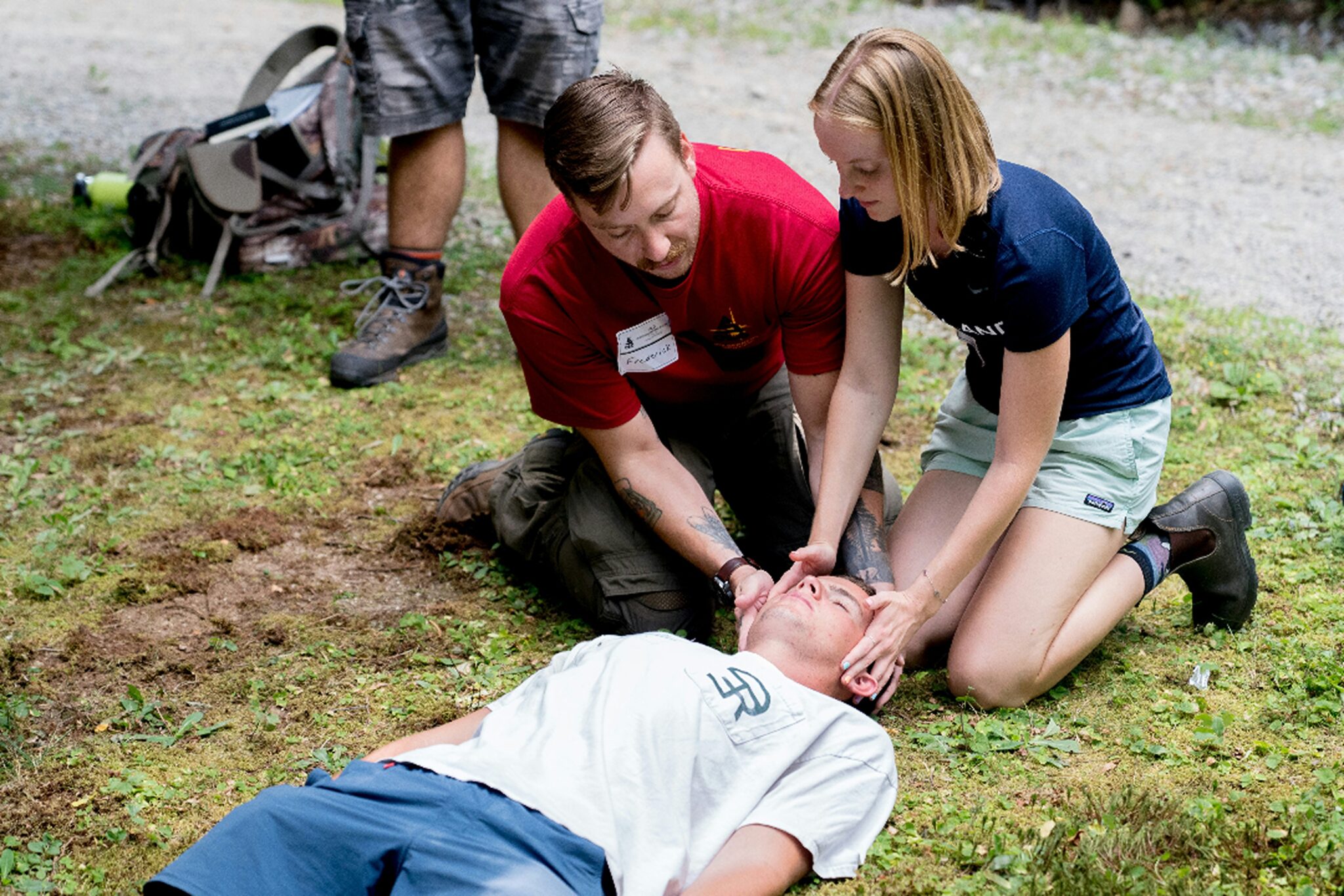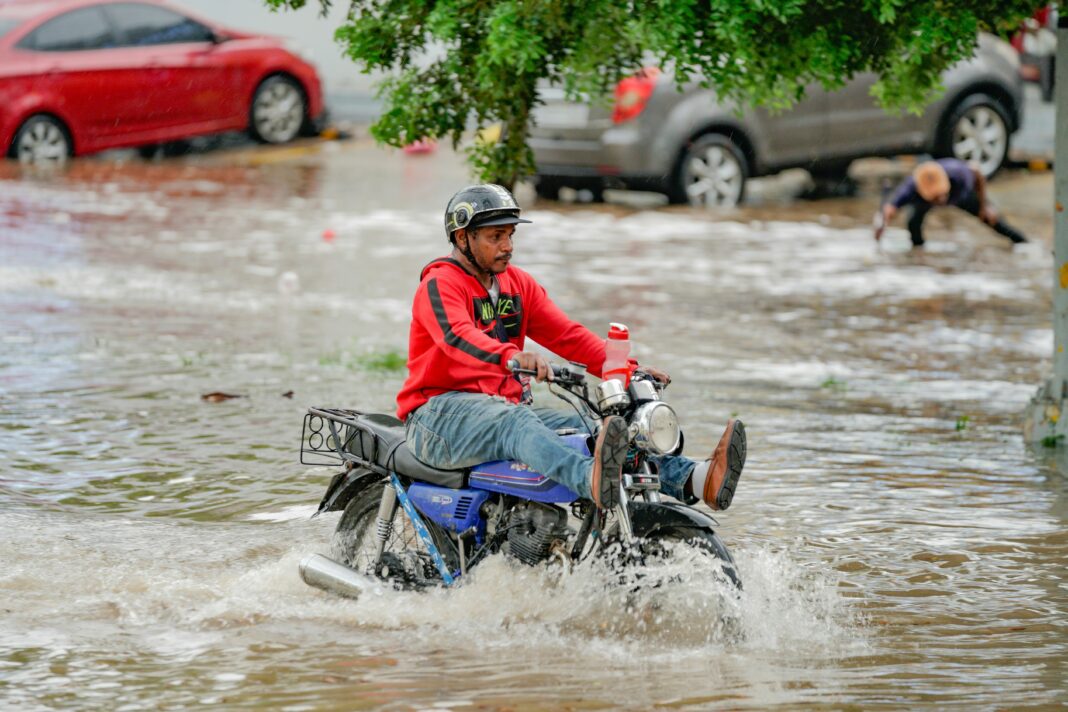Almost everyone is aware of the toll disasters take on the citizens of Pakistan, especially during the monsoon season. But what most people aren’t aware of is an important stage of the recovery process—rehabilitation. Before starting the “recovery” process, understanding what truly happens when a disaster strikes is crucial. As soon as the disaster occurs, alerts and warnings are issued nationwide. With the mission to rescue affected people and to save their lives, emergency response teams are immediately sent to the impacted areas.
Despite the efforts, many lives are lost during this time, properties and facilities may be destroyed, and people face physical injuries requiring physical therapy, as well as the mental trauma that follows. For many survivors, the emotional pressure may make them feel as though they have lost their sense of purpose.
According to the data collected for a study, a total of 714 spinal injury cases were received in major hospitals in Rawalpindi, Islamabad, Lahore, and Peshawar following the earthquake in October 2005. Some cases showed neurological deficits, while some did not. Another 713 cases experienced various kinds of limb trauma leading to major and minor amputations.
Floods also cause physical injuries in adolescents, such as they may be at risk of drowning, particularly when caught in fast-moving flood water currents. Adolescents may suffer cuts from sharp objects or debris as well as fractures due to collisions with debris, falls, or accidents during rescue operations.
This data, along with the major earthquakes of the last decade, has highlighted the importance of medical rehabilitation in disasters, specifically physical therapy. Natural disasters like earthquakes, floods, storms, and even man-made disasters like bombings and wars cause a large number of severe impairments, which result in long-term disability.
A study published in the Journal of Pakistan Medical Association iterates the need for medical rehabilitation following a disaster and rehabilitation professionals’ teams should be led by Physiatrists. But in Pakistan, this medical specialty, although emerging and important, is less known. This is where Physical Therapy steps in.
In times of disaster, when healthcare systems are strained and infrastructure is damaged, physical therapists serve as essential emergency healthcare workers, providing first aid, wound care, and other services. Disasters commonly strike rural and underdeveloped communities, displacing people with disabilities and leaving them with few resources, particularly those who have limited mobility. Physical Therapists bridge hospital and community health services with strong multidisciplinary links, targeting various aspects of rehabilitation, including bodily functions, activities, participation, and overall independence.
Physical Therapists play a vital role in disaster response and recovery by coordinating care, assessing needs, and providing rehabilitation to affected groups, particularly those with chronic conditions or disabilities. In addition to assisting multidisciplinary teams and providing psycho-social care and advocacy, they may also educate other professionals. Further, by developing management plans and participating in crisis response training, physical therapists are able to prepare for disasters.
Physical Therapy emerged with World War I. The key figure here was Mary McMillan—the Mother of Physical Therapy. She is known for the way she entirely changed the course of this profession. Her first steps were taking care of the wounded soldiers during the war. She later used her expertise to help polio patients, worked in the US army, and penned down her experiences in a book about the field and practices of Physical Therapy in its early stages. Her life and work are a testament to the importance of physical therapy in emergency response.
The health system response to disasters requires disaster preparedness on three levels: prevention, medical treatment, and rehabilitation. Physical therapists are essential in connecting response to recovery, and disasters offer a chance to enhance rehabilitation services. Planning for recovery should begin early, be led locally, and involve a range of stakeholders.
Both individuals with injuries and those with pre-existing disabilities should be the focus. A key component of this planning may be community-based rehabilitation(CBR ). Building local capacity through training, service development, and the establishment of educational programs where necessary should be the top priority of international efforts.

In the Nepal Earthquake of 2015, Physiotherapists played a vital role in triaging patients, dressing wounds, providing assistive devices, and mobilizing patients to prevent complications using physical therapy.
By offering specialized care that aided in recovery and enhanced results, physical therapists were instrumental in disaster response and public health emergencies, including the COVID-19 pandemic. Survivors frequently suffered severe injuries, such as fractures, amputations, and spinal cord damage, after natural disasters like earthquakes, hurricanes, and floods. Early rehabilitation interventions, especially through physical therapy, greatly improved recovery in these cases, assisted patients in safely leaving hospitals, and decreased overall medical expenses.
Respiratory distress was one of the main symptoms that COVID-19 patients experienced. Patients with COVID-19-related respiratory and neuromuscular disorders are complicated and present a wide range of clinical issues that must be assessed and managed by a multidisciplinary team.
In order to help patients return to their homes or rehabilitation centers, physical therapists can help develop protocols for muscular rehabilitation, evaluation, and treatments to maximize recovery and function, physical conditioning and exercise, functional mobility, and the assessment of the home environment and assistive devices, all forms of physical therapy.
Organizations like Handicap International are worth mentioning when it comes to providing rehabilitation services across various countries. HI has embedded physical and functional rehabilitation components into many of its projects over the last 35 years. From their rehabilitation actions in 2023, a total of 536,309 people have benefited. This number shows the impact of access to rehabilitation services across the world.
The Guidance Note on Disability and Emergency Risk Management for Health by the WHO clearly says to: “Include rehabilitation professionals in emergency teams as soon as possible to ensure that rehabilitation needs are identified and addressed as early as possible.”
Physical Therapists should be integrated into disaster management plans, ensuring preparedness through training, resource mapping, and collaboration with other health professionals.
Their roles may include direct patient care, training community workers, and advocating for the needs of vulnerable groups, emphasizing a holistic approach to recovery in both immediate and long-term contexts.
What started as an accessible treatment for recovery and rehabilitation is now often misinterpreted as a “luxury” due to high charges in private practices and less access than is needed. A major factor in Pakistan affecting both the practitioners and patients is the opportunities. In many hospitals in Pakistan, there is only a single Physical Therapist, and many graduates face problems in finding a good job. “Nepotism over merit” is a long-standing challenge in the country, as many have experienced.
Physical Therapy education in Pakistan is a 5-year professional degree accredited by the HEC and in accordance with international standards.
Courses like Emergency Procedures and Primary Care, Community Medicine, Wound Management, Surgery, and various specialities under physical therapy like Neurological, Cardiopulmonary, Obstetrics and Gynaecological, Sports, Pediatrics, and Geriatrics, equip graduates with the knowledge and skill set to work alongside emergency teams in disaster response with a variety of age groups and conditions.
Actions can be taken to incorporate rehabilitation services in disaster response ,which will positively impact both professionals and survivors.
Policy makers and non-profit organizations that cater to disaster response must reevaluate the members of a disaster response team, and initiatives like training and volunteering programs must be organized across the country to help students and professionals gain exposure to disaster situations and response.
Universities and faculty members must promote active learning and keep updating the curriculum with current needs. An emphasis on the clinical aspects of the field is stressed to enhance the skills of prospective graduates.
By incorporating such ideas, not only would the field grow and diversify, but with rehabilitation as an accessible part of the emergency response, every survivor of these disasters will feel that they matter.
References:
- https://islamabadpost.com.pk/79-killed-140-injured-in-monsoon-linked-incidents-across-pakistan/
- https://www.who.int/news-room/fact-sheets/detail/rehabilitation
- https://www.emro.who.int/emhj-volume-16-2010/volume-16-supplement/article-13.html#:~:text=According%20to%20the%20data%20collected,%25)%20were%20upper%2Dlimb%20amputations
- https://5www.jpma.org.pk/article-details/7592#:~:text=In%20Pakistan%20where%20the%20provision,has%20been%20less%20than%2050
- https://www.storyterrace.com/blog/meet-mary-mcmillan-the-mother-of-modern-physical-therapy
- https://www.hec.gov.pk/english/services/universities/RevisedCurricula/Documents/2010-2011/PhysicalTherapy-2010.pdf
- https://world.physio/sites/default/files/2020-06/Disaster-Management-Report-201603.pdf#:~:text=Physical%20therapists%20form%20a%20key%20link%20between,and%20planning%20service%20delivery%2C%20accessibility%2C%20and%20inclusion.&text=At%20the%20same%20time%2C%20an%20increased%20focus,to%20make%20significant%20contributions%20to%20these%20fields
- https://www.hi.org/en/rehabilitation
- https://www.pjph.org/pjph/article/view/1287/327
- https://pmc.ncbi.nlm.nih.gov/articles/PMC9109541/#:~:text=Physical%20Therapy,including%20the%20COVID%2D19%20pandemic.&text=After%20natural%20disasters%20such%20as,and%20resulted%20in%20cost%20savings.&text=One%20of%20the%20primary%20conditions,required%20to%20evaluate%20and%20treat.&text=Physical%20therapists%20can%20aid%20in,home%20or%20a%20rehabilitation%20facility
- https://www.who.int/publications/i/item/guidance-note-on-disability-and-emergency-risk-management-for-health
More from scientia: Interactive Learning: Board Games Leading the Charge in Disaster Risk Reduction

Dawood Choudhary was raised in Kuwait. He is currently pursuing the Doctor of Physical Therapy at the University of Sialkot. In his free time, he enjoys reading and writing.

